Highlights
Director-General

IN-DEPTH STORY
Giving back to the desert in Mauritania
Restoring land as part of the Great Green Wall of Africa protects communities against desertification

Story
A jack of all fruits
FAO One Country One Priority Product initiative maximises potential of Bangladesh’s national fruit, the jackfruit.

FAO Director-General visits China, reaffirming the importance of partnerships on Science and Innovation
QU Dongyu visited farms with innovative agricultural practices, agriculture enterprises, as well as key research institutions

Interactive story
Putting a spotlight on our food's hidden costs
Many of these hidden costs can be linked to diet-related health impacts. Let's explore the causes and see how we can drive change.

In Focus
FAO in review 2024
Read the series on how FAO has further strengthened its efficiency, effectiveness and transparency to better support its Members in the transformation of agrifood systems.

In Focus
FAO response to global food security challenges
Data analyses, policy recommendations, and actions on the ground.

Publication
The State of Food Security and Nutrition in the World 2024
Every year, SOFI monitors and analyses the world’s progress towards ending hunger, achieving food security and improving nutrition. Read the report.

Interactive story
Discover. Learn. Excel.
The FAO elearning Academy is your gateway to over 600 free, multilingual certified courses. Check out the interactive story to find out more!

Data
Harnessing data in emergencies
The DIEM Hub provides an up-to-date picture of food insecurity in fragile environments.
Director-General

FAO Director-General visits China, reaffirming the importance of partnerships on Science and Innovation
QU Dongyu visited farms with innovative agricultural practices, agriculture enterprises, as well as key research institutions
Voices of Impact
Philippines - Capacity Development and Experience Sharing for Rice Value Chains through SSTC
13/01/2025
The rice sector provides livelihoods to millions of farmers in the Philippines. However, farmers face multiple challenges, such as a lack of knowledge on machinery use and sustainable rice production. Watch the video and see how FAO supported South-South Cooperation helps farmers improve production while reducing environmental impact through innovation.
Video
Camelids play a key role in the culture, economy, food security and livelihoods
01/12/2023
From alpacas to Bactrian camels, dromedaries, guanacos, llamas, and vicuñas, camelids contribute to food security, nutrition and economic growth.
Podcast
FAO 2024 Year-end Podcast
30/12/2024
FAO looks back on 2024, a year in which the Organization supported those most in need and promoted sustainable food systems to build a better future for all.
Data
World greenhouse gas emissions from agrifood systems
Source: FAO. 2024. FAOSTAT: Emissions totals. [Accessed on 15 November 2024].
https://www.fao.org/faostat/en/#data/GT Licence: CC-BY-4.0.
Download: https://doi.org/10.4060/cd2971en-fig66
2020 World
31.2%
2010 World
31.5%
In depth

Data
Transparency is key to FAO’s mission
Our new transparency portal shows how and where our resources are used and the results we have achieved. Explore the portal now.
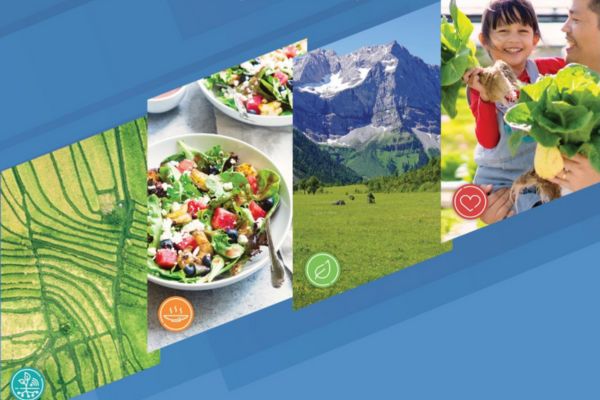
Publication
Medium Term Plan and Programme of Work
The Director-General’s Medium Term Plan (Reviewed) 2022-25 and Programme of Work and Budget 2024-25.
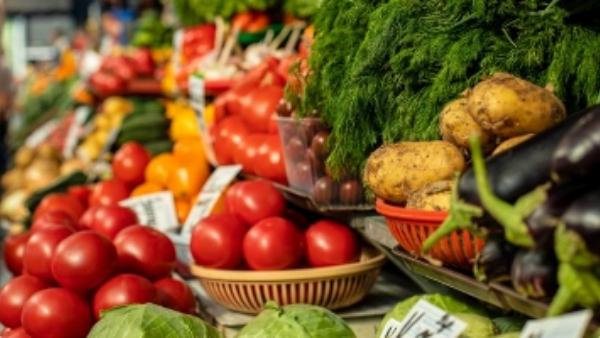
In Focus
FAO Data Lab
The FAO Data Lab for Statistical Innovation modernizes the statistical business process, with a specific focus on emergency contexts, when having access to timely information is very important.
FAO and the SDGs
Hover the mouse over an SDG icon for more information
A world free from hunger and malnutrition where food and agriculture contributes to improving the living standards of all
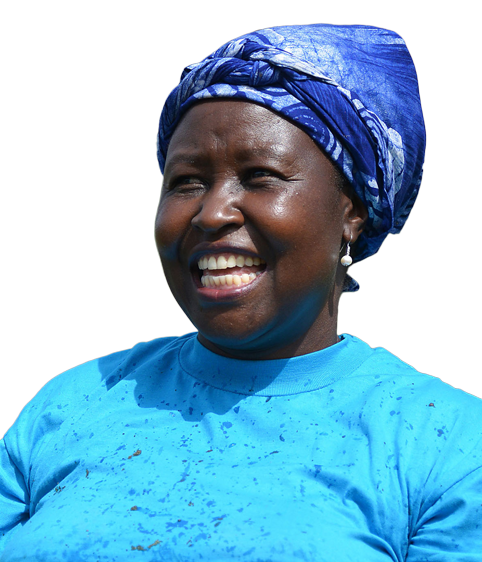
FAO works with governments and partners to empower some of the world’s most marginalized people to end rural poverty.
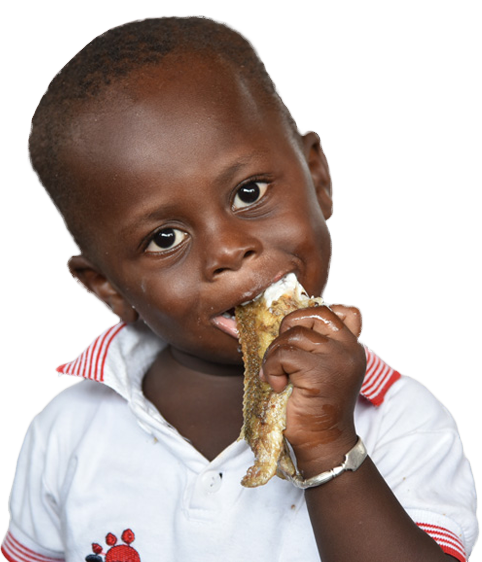
FAO helps ensure food security by developing ways of growing food that will work in the future so that millions of people don’t go hungry.
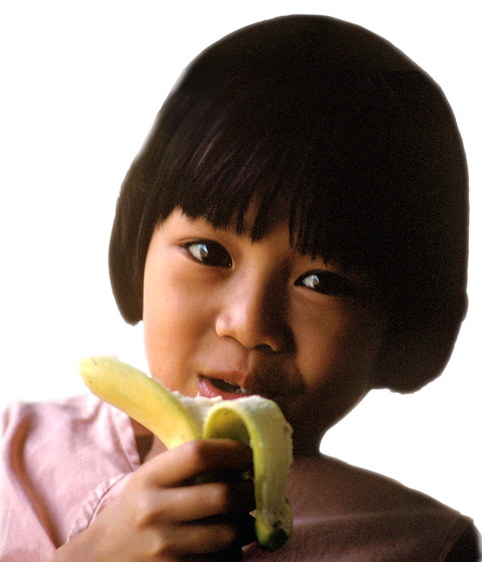
Good health starts with nutrition. FAO sets global standards and works with governments and the private sector to ensure food quality and safety throughout the food chain.

FAO invests in educational systems for rural communities and supports improved access to primary education and school meals in order to create equal opportunities for all and chances of lifelong learning.
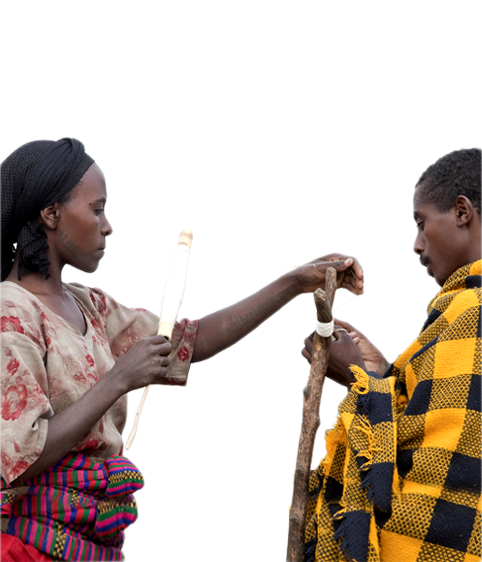
FAO supports gender equality in the agricultural sector in an effort to raise levels of nutrition in local communities and improve agricultural productivity.
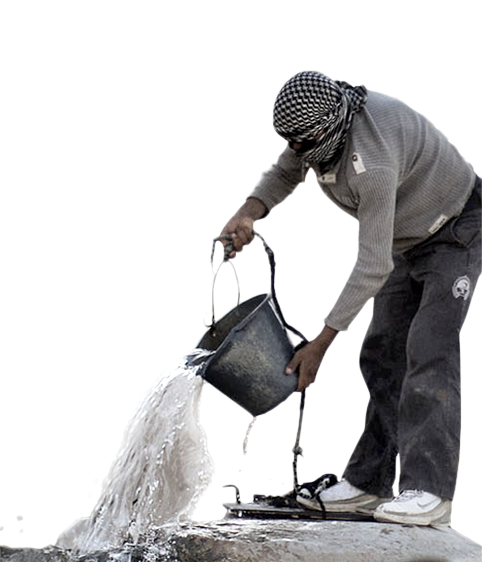
FAO works with governments to ensure water use in agriculture is made more efficient, equitable and environmentally friendly.
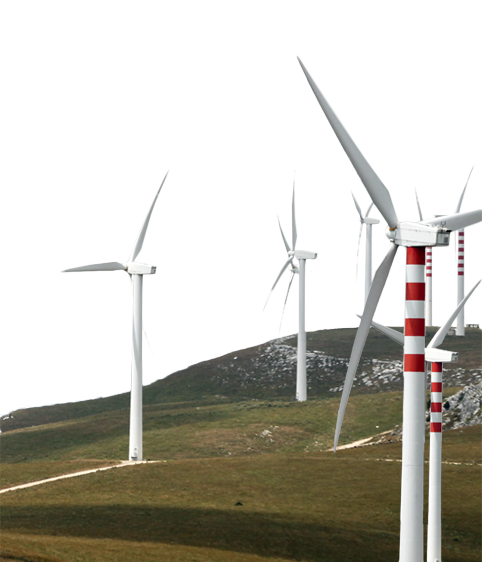
FAO promotes the use of renewable energies and works to ensure access to modern energy services across the food chain.
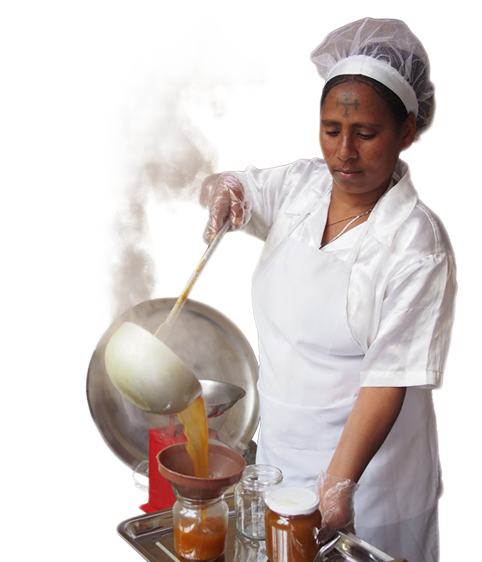
FAO seeks better economic opportunities for all by investing in sustainable agricultural practices and food systems that reduce inequalities and create decent jobs.
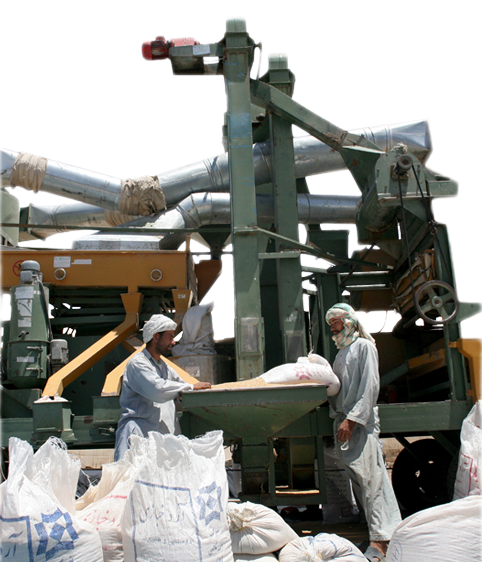
FAO seeks to secure a future for rural communities via investments in transportation, irrigation, food storage facilities and communication technologies.
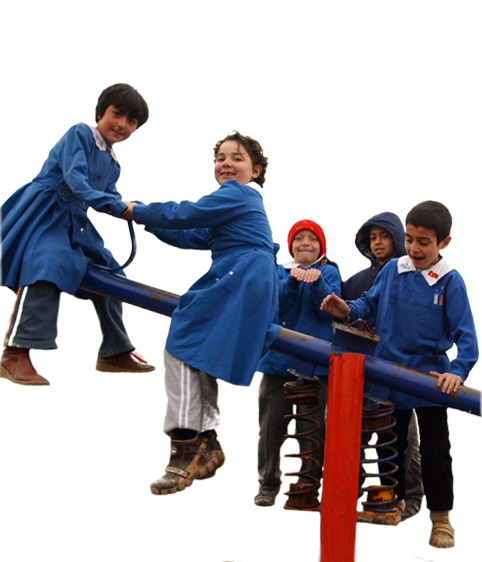
FAO works with countries and partners to generate employment in rural areas, ensure access to natural resources for the most vulnerable and connect farmers to markets.
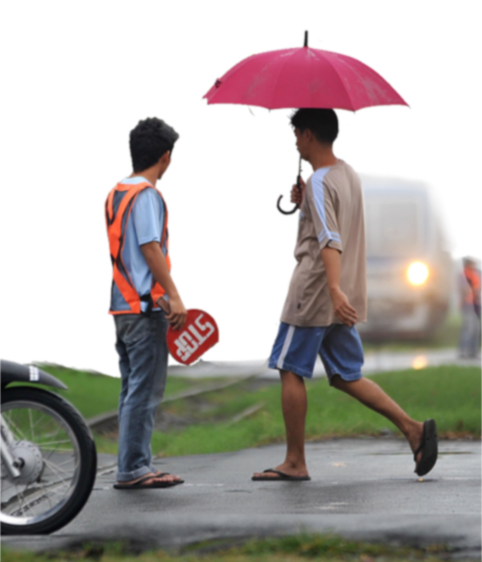
FAO works to improve urban healthcare, water quality and rethink city region food systems to help deter the negative effects of sprawling urbanisation.
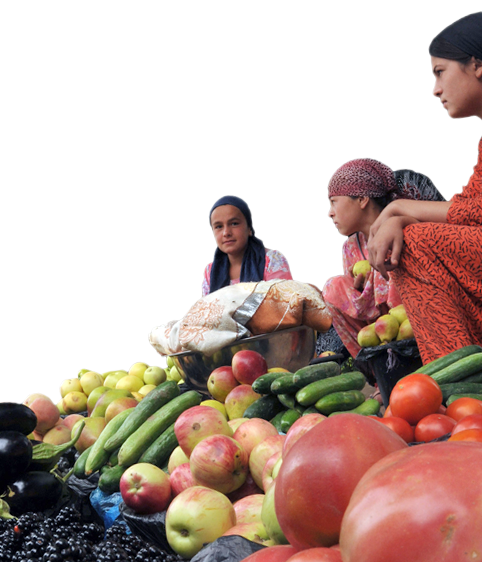
FAO coordinates major global initiatives and projects to tackle food waste and loss, partnering with international organisations, the private sector and civil society.
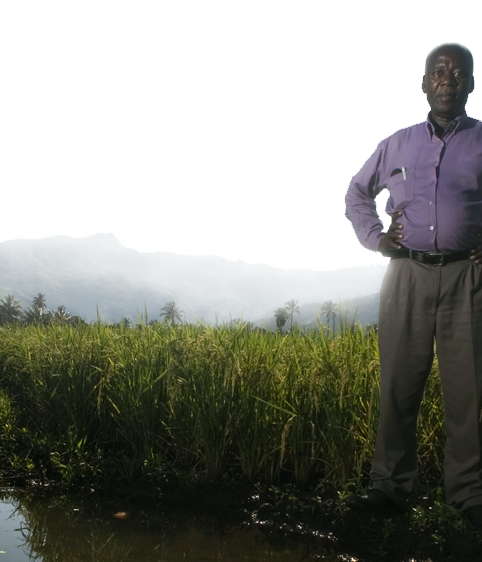
FAO supports countries in responding to the threats of climate change by providing advice, data and tools for better agricultural policies and practices.
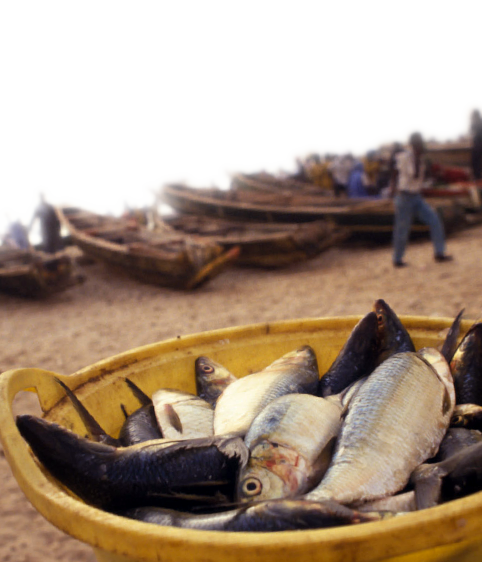
FAO, in partnership with governments and fishing communities, implements best practices in fisheries to ensure our oceans are protected as a means of livelihoods.
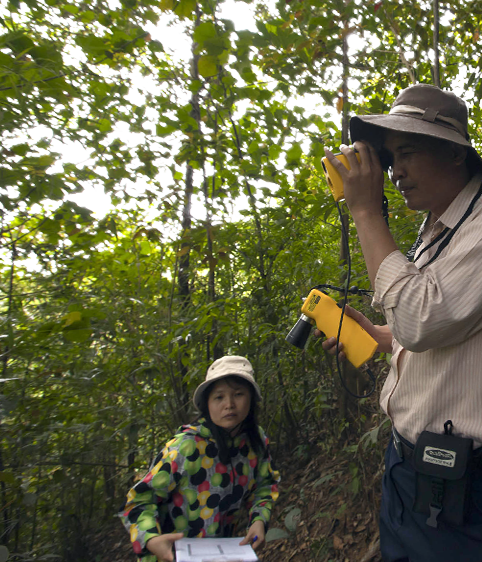
FAO promotes sustainable approaches to natural resource management and supports endeavours that promote a balance between conservation and development initiatives.
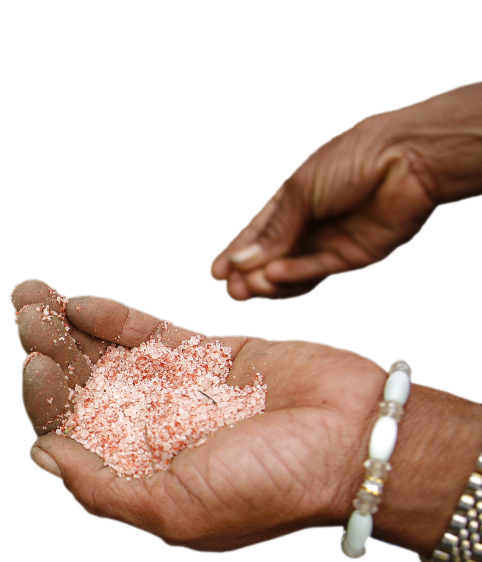
FAO plays a critical role in peacebuilding, restoring rural livelihoods, building resilience and participatory approaches to policymaking.
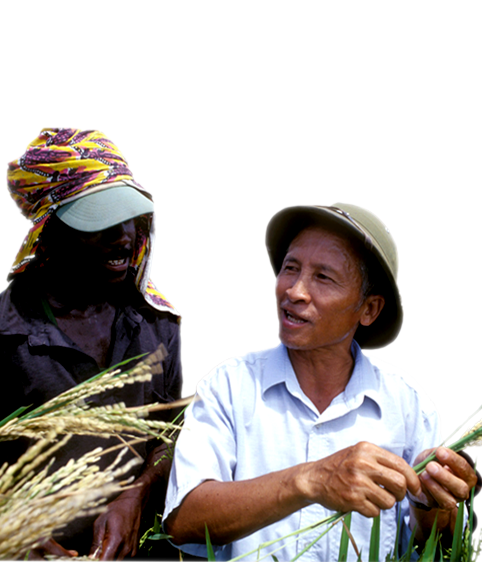
FAO acts as a neutral policymaking forum and develops partnerships with all concerned with food and agriculture to ensure a world free from hunger.





















